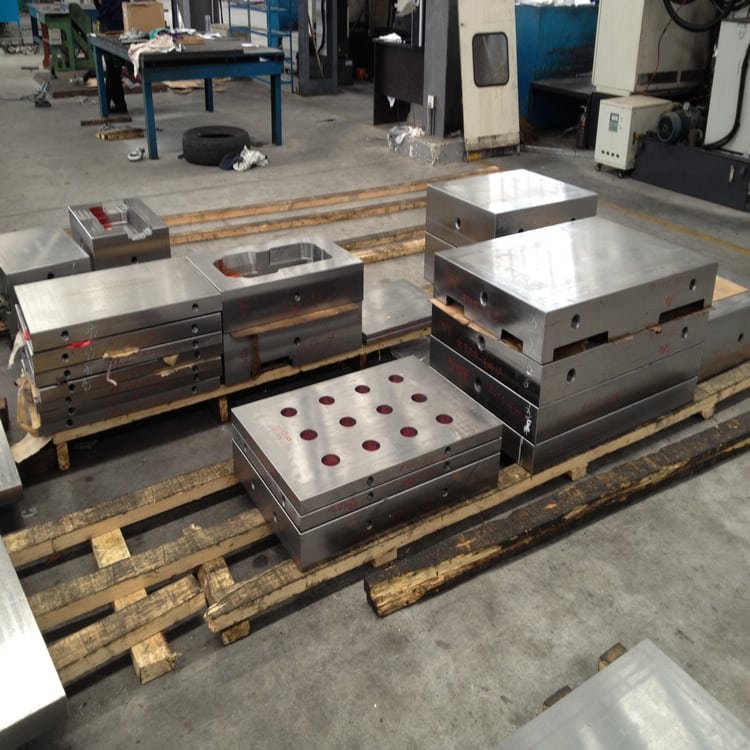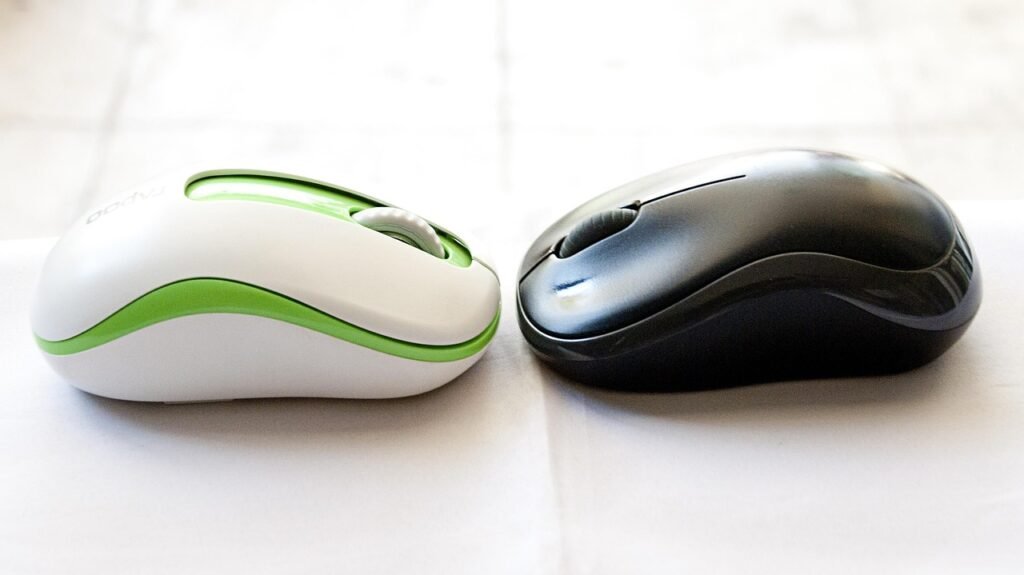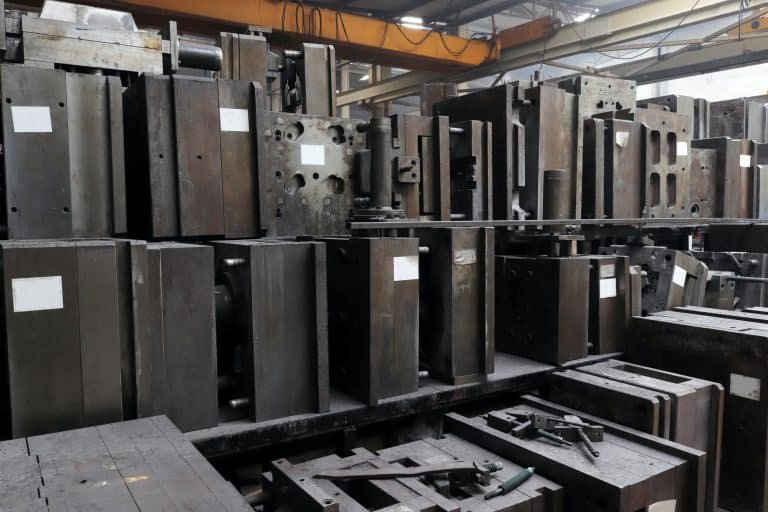The price of the exported mold will be more expensive, but there is a reason why it is expensive, the standard is not the same. The Plastics Industry Institute of America (SPIAN-102-78) divides molds into five categories. Each of these five types of mold grade has its different requirements, and this mold classification is only suitable for molds with injection molding machines of 400 tons or less.
Mold Grade: Class 101 Mold
Cycles up to 1 million times for extremely high-volume products. It is made of good mold materials, so the price is very expensive. The requirements are as follows:
(1) Detailed mold design information is required. It die-parting
(2) The mold hardness is required to have BHN280 (HRC 30).
(3) The die surface (including the upper die and the lower die) should be in the hardness range of BHN450 (48RC). All other accessories, such as sliders, inclined tops, pressing tops, etc., should be made of hard tool steel.
(4) The ejector must have a guide.
(5) The side slider must be equipped with a loss plate.
(6) A temperature controller should be installed on the upper die, lower die, slider, or die.
(7) In terms of mold life, due to the erosion of the cooling water transport pipeline, the quality of the product is reduced, and the injection cycle is increased. It is recommended that the embedded parts or templates with cooling water transport be anti-erosion treatment.
(8) All molds of this type should be equipped with a die-parting line locking mechanism.

Mold Grade: Class 102 Mold
The cycle can reach 500,000 to 1 million times. For high production of products, the use of better quality mold materials manufacturing is expensive. The requirements are as follows:
(1) Detailed mold design information is required.
(2) The mold hardness is required to have BHN280 (HRC30).
(3) The surface hardness of the upper die and the lower die should be in the range of BHN540 (HRC 48). All other functional accessories should be heat-treated.
(4) Install a temperature controller on the upper die, lower die, slider, or die.
(5) All molds of this type should be equipped with a die-parting line locking mechanism.
(6) The following items may or may not be required, depending on the consideration of the quantity of subsequent production. It is recommended to make a confirmed quotation for these items.
- Ejector guide
- Slide loss plate
- Control piping that has been treated against erosion
- Plating die
Mold Grade: Class 103 Mold
Cycles up to 500,000 times. Products for medium production at reasonable prices. The requirements are as follows:
(1) Detailed mold design information is required.
(2) The mold hardness is required to have BHN165 (HRC17).
(3) The upper die and the lower die should have BHN280 (HRC30) hardness or above.
(4) All other accessories are optional.

Mold Grade: Class 104 Mold
Cycles up to 100,000 times. For low-production products, the wear resistance of the mold material is not high, and the price is lower than the generally reasonable level. The requirements are as follows:
(1) It is recommended to have mold design information.
(2) The mold can be mild steel or aluminum metal.
(3) The upper die can be aluminum metal, mild steel, or other identifiable materials.
(4) All other accessories are optional.
Mold Grade: Class 105 Mold
The cycle does not exceed 500 times. For the production of limited quantities of the first plate, the price is very cheap. The requirements are as follows:
The mold structure may be a die-cast material, epoxy resin, or other material that provides sufficient strength to produce several first plates.









